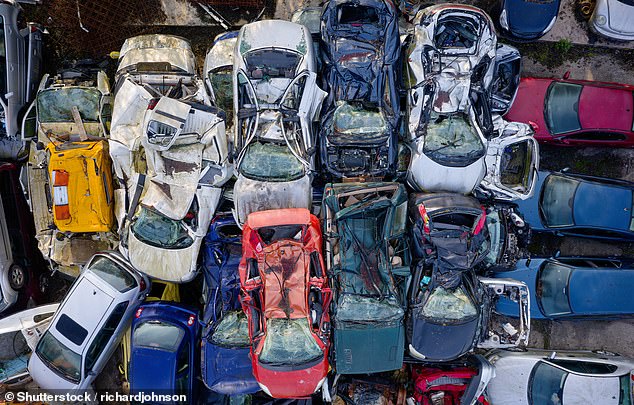The introduction of low emission zones (LEZ) in Scotland has boosted enquiries about car scrappage, according to new data.
There has been a 64 per cent increase in motorists looking to scrap their cars between May and June 2024, compared to the same period last year, Scrap Car Comparison says.
As of 2023, LEZ penalties have not yet been fully implemented in Scotland. However, as of 1 June 2024, Aberdeen, Dundee, Edinburgh and Glasgow have LEZ restrictions in place.
Scrap Car Comparison has seen a 64% increase in the number of people looking to get rid of their cars between May and June 2024, compared to the same period in 2023.
Scrap Car Comparison’s year-on-year figures for May and June show an overall jump of two-thirds across the four Scottish cities – a significant rise in car owners considering sending their non-LEZ compliant cars to the scrap heap.
Dundee has seen the biggest rise in scrapping, with quotes up 77 per cent.
Edinburgh residents are almost as concerned as Dundee residents about swapping their old polluting vehicles for newer, lower-emission ones, with scrappage enquiries up 72 per cent.
In Aberdeen, prices have risen by 40 percent.
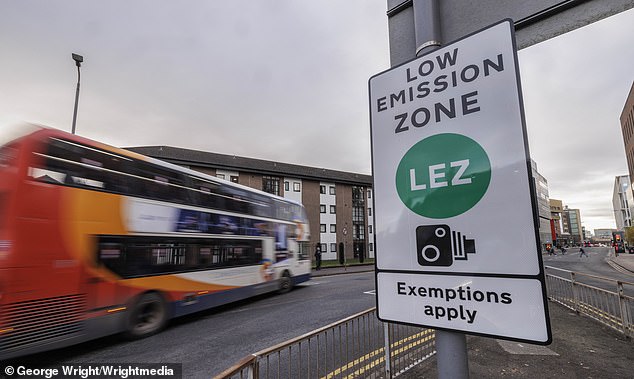
Dundee, Edinburgh, Glasgow and Aberdeen introduced low-emission zones for non-compliant petrol and diesel vehicles from early June in a bid to cut air pollution.
Motorists in Scotland now face hefty fines if they drive older petrol and diesel cars in town centres.
Glasgow was the first Scottish state to introduce a LEZ (similar to London’s ULEZ) in 2023.
However, the residents were not charged until June 1, 2024.
Dundee began fining residents who did not drive the correct motors on 30 May, and LEZs in Edinburgh and Aberdeen came into force on 1 June.
The zones are part of Scotland’s efforts to reduce air pollution levels in its largest cities, with strict rules now in place over which cars can enter the zone boundaries.
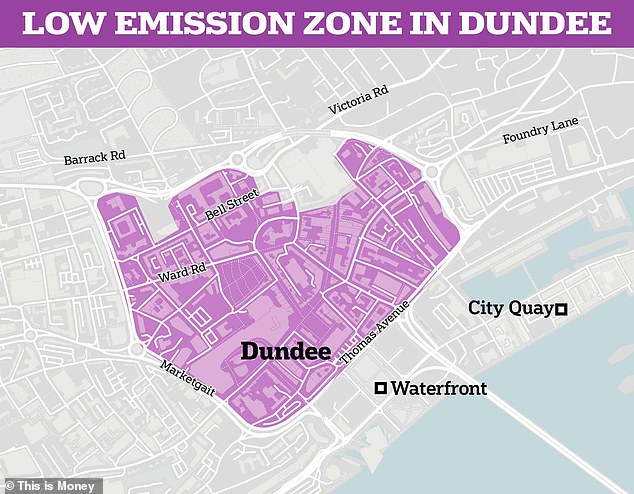
Dundee’s LEZ is the first of four to come into force and began on 30 May. It runs through the city centre using the A991 inner ring road.
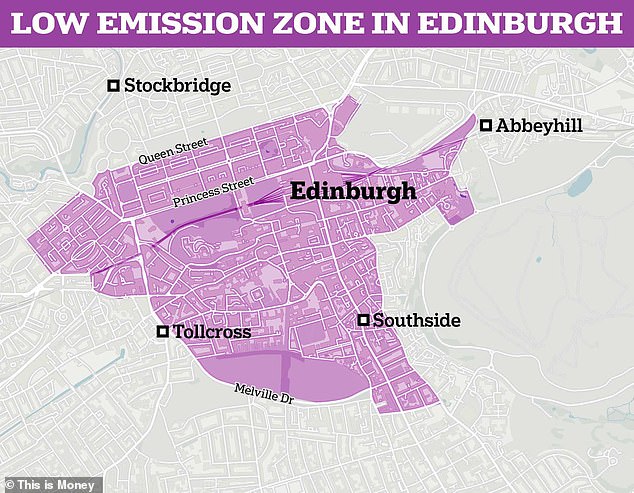
The Edinburgh LEZ came into force on 1 June and runs around Tollcross in the south to Palmerston Place in the west, along Queen Street in the New Town to Picardy Place, around Abbeyhill and up to Holyrood Road, along Pleasance in the east before returning along the Meadows to Tollcross.
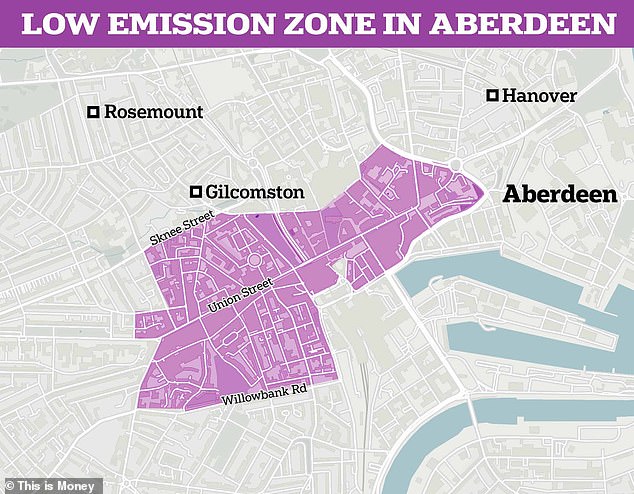
Aberdeen’s low emission zone lies within the northern boundary of Skene Street, School Hill, Upper Kirkgate and Littlejohn Street; North Street and Commerce Street to the east; Virginia Street, Guild Street, College Street and Willowbank Road to the south; and Rose Street, Thistle Street; and Holborn Street to the west.
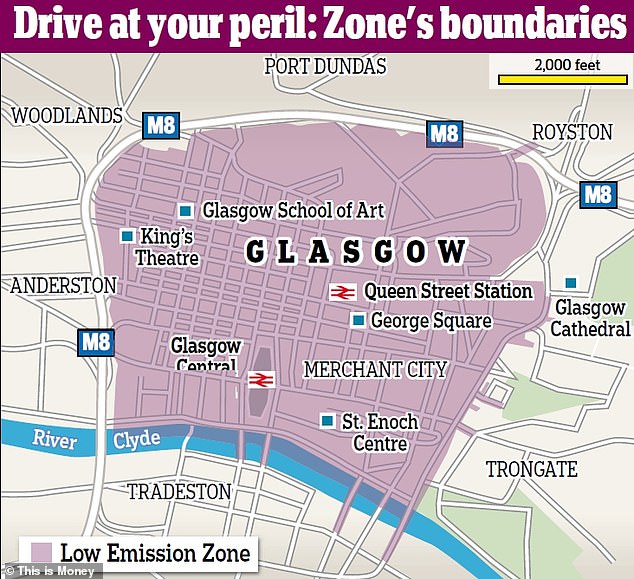
This map shows the size of Glasgow’s LEZ, which covers the city centre from the M8 motorway to the north and west and the River Clyde to the south.
Entry criteria are based on Euro emissions engine classification standards, in the same way as the London LEZ, so drivers of diesel cars and vans must meet Euro 6 emissions standards (generally registered from 2016 onwards).
Petrol-powered cars and vans must comply with Euro 4 emissions regulations (generally registered from 2006 onwards).
Buses, coaches, HGVs, taxis and private hire vehicles are also subject to regulations: taxis and private hire vehicles must meet Euro 6 standards, while buses, coaches and HGVs must meet Euro VI standards (since January 2013).
The fine is £60 (reduced to £30 if paid within two weeks).
But there is no option for non-exempt vehicles to simply pay a daily fee to drive within the zone, unlike in London.
Either your car complies with the regulations or you will have to pay a fine.
And now it seems motorists are re-evaluating their vehicle usage due to the additional charges their current vehicle would cost them, as the two-year grace period from May 2022 has come to an end.
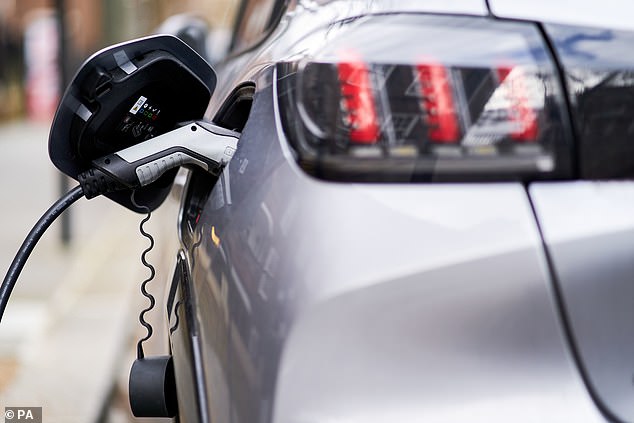
The fine is £60 (reduced to £30 if paid within two weeks). But there is no option for non-exempt vehicles to pay a daily charge to travel within the zone, unlike in London.
Low Emission Zones Support Fund offers £2,000 grant
The increase in drivers asking about scrapping could take advantage of the Government’s initiative in its scrapping plan.
The Low Emission Zone Support Fund is available to drivers across Scotland who need to upgrade or replace their vehicles, part of which is a £2,000 grant available to eligible households who dispose of their non-compliant vehicle at a licensed treatment facility in Scotland.
In May, Transport Secretary Fiona Hyslop revealed that more than 4,000 non-compliant vehicles had been scrapped or reconditioned through the fund, including more than 450 taxis.
David Kottaun, of Scrap Car Comparison, said: ‘We have seen increased demand in and around Scottish towns and cities that are subject to these LEZ restrictions since the end of the grace period.
‘LEZ restrictions mean that many drivers’ vehicles are non-compliant, meaning that in many cases they are now too expensive to maintain.
‘The value of these vehicles will also have decreased in these areas since the introduction of the penalties, so scrapping the vehicle will be the most sensible and convenient decision for many owners.’
Some links in this article may be affiliate links. If you click on them we may earn a small commission. This helps us fund This Is Money and keep it free to use. We do not write articles to promote products. We do not allow any commercial relationships to affect our editorial independence.

